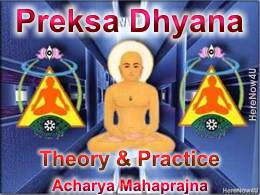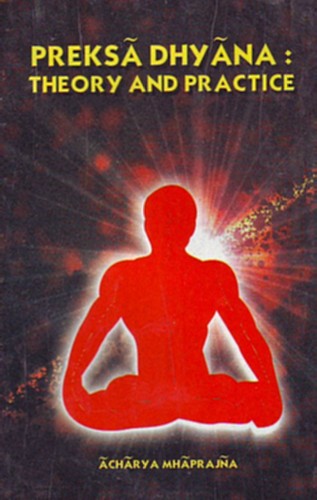
To appreciate significance of total breathing, it is essential to understand the special importance of breathing on the basis of scientifically established facts.
The body needs a continual supply of oxygen. In addition, the body needs some means of disposing of the waste carbon dioxide produced by the function of the body cells. Breathing or respiration provides a continual replenishment of oxygen in the lungs, drawing in fresh air and expelling waste gases.
Respiration is an unconscious act that goes on throughout the day and even when one is asleep. The mechanical power, required for the process of breathing is supplied by the action of three sets of muscles (1) diaphragm, (2) intercostal muscles and (3) clavicular muscles.
The important mechanism for increasing the volume of the chest cavity is the contraction of the diaphragm. Diaphragmatic breathing is slow and deep; costal breathing is rapid and shallow. In a forceful expiration one can expel about 5 litres in one blow. In normal quiet breathing, the volume of air that flows into and out of the lungs with each breath is about 1/2 litre. The capacities can be modified by breathing exercises and by practising scientific total breathing [1].
The difference between bad breathing and scientifically complete breathing lies mostly in the method and its practice. Hard (tense) abdominal muscles encumber every breath. Immobilised diaphragm and inflexible rib-cage hinder the entry of air into the lungs more efficiently than a tight belt or a corset. First step, therefore, is to remove the internal girdle by relaxing these muscles.
Exhalation:
Scientific breathing begins with a slow, calm and complete exhalation. Contraction of the abdominal muscles helps to evacuate the lungs by raising the diaphragm. Unless we first breathe out fully, it is impossible to breathe in correctly.
Inhalation:
Having emptied the lungs, the next step is to fill it up to the maximum extent. The total volume of air which the lungs are able to contain is known as the vital capacity, which is about 6 litres.
Women are habitually making use of the only clevical or intercostal muscles for breathing. They may, therefore, take a longer time for learning the use of diaphragm.
Once the technique of complete breathing is learnt, it can be practised anywhere and at any time. In fact, it could and should become a habit rather than an exercise. Complete way of breathing should become the normal way.
[1] This aspect of breathing is fully dealt with in Preksha Dhyana: Human Body, Part II.
 Acharya Mahaprajna
Acharya Mahaprajna

